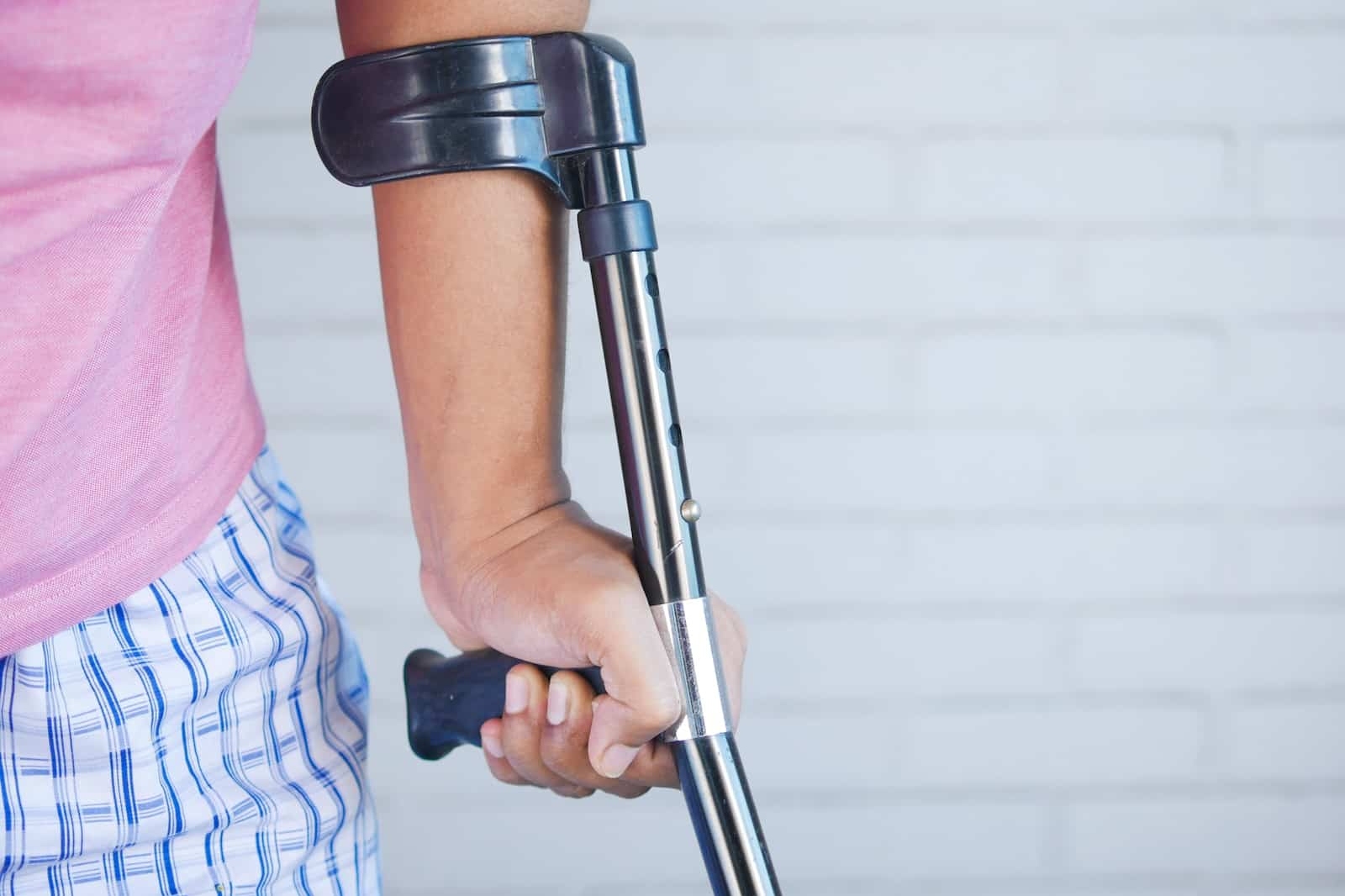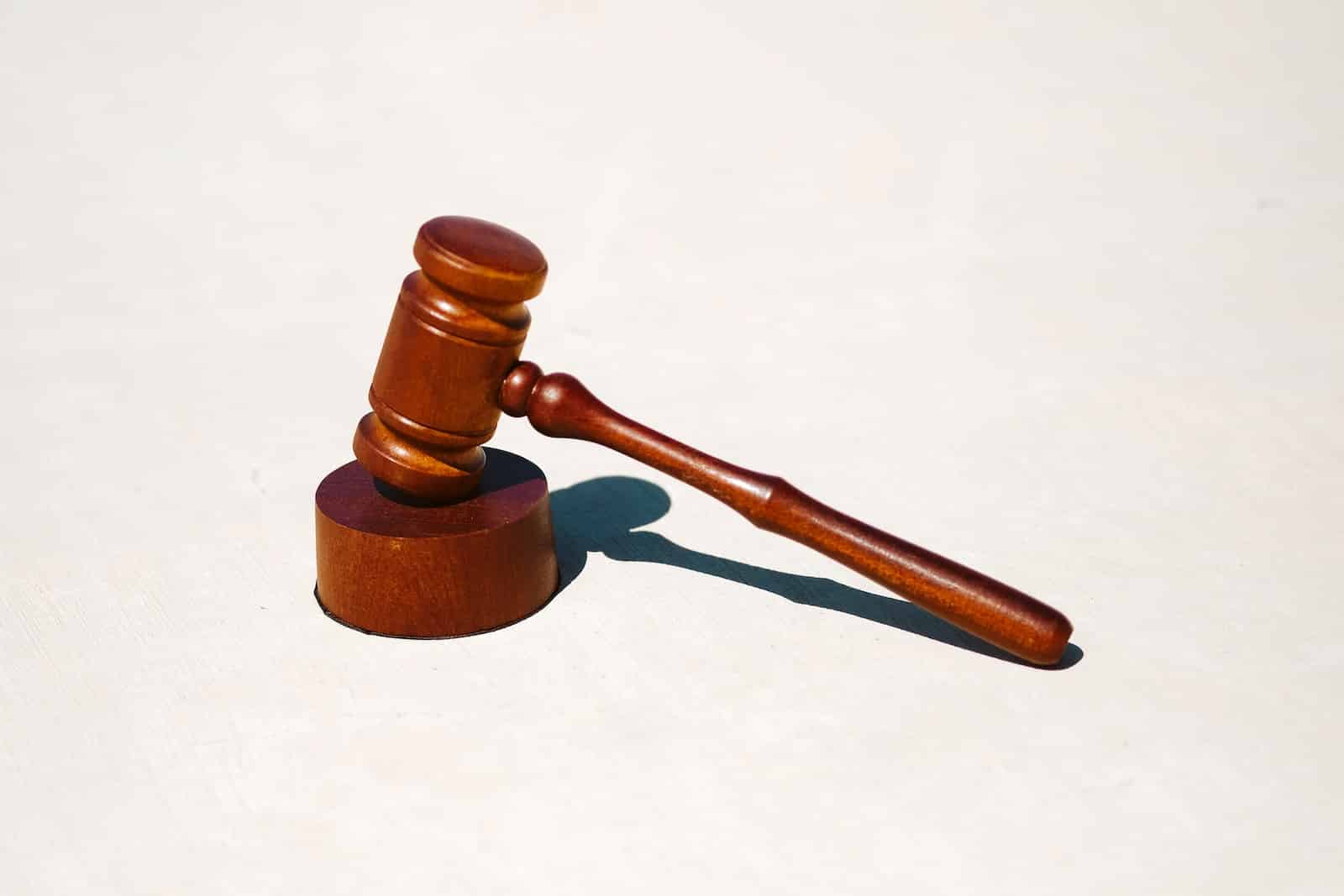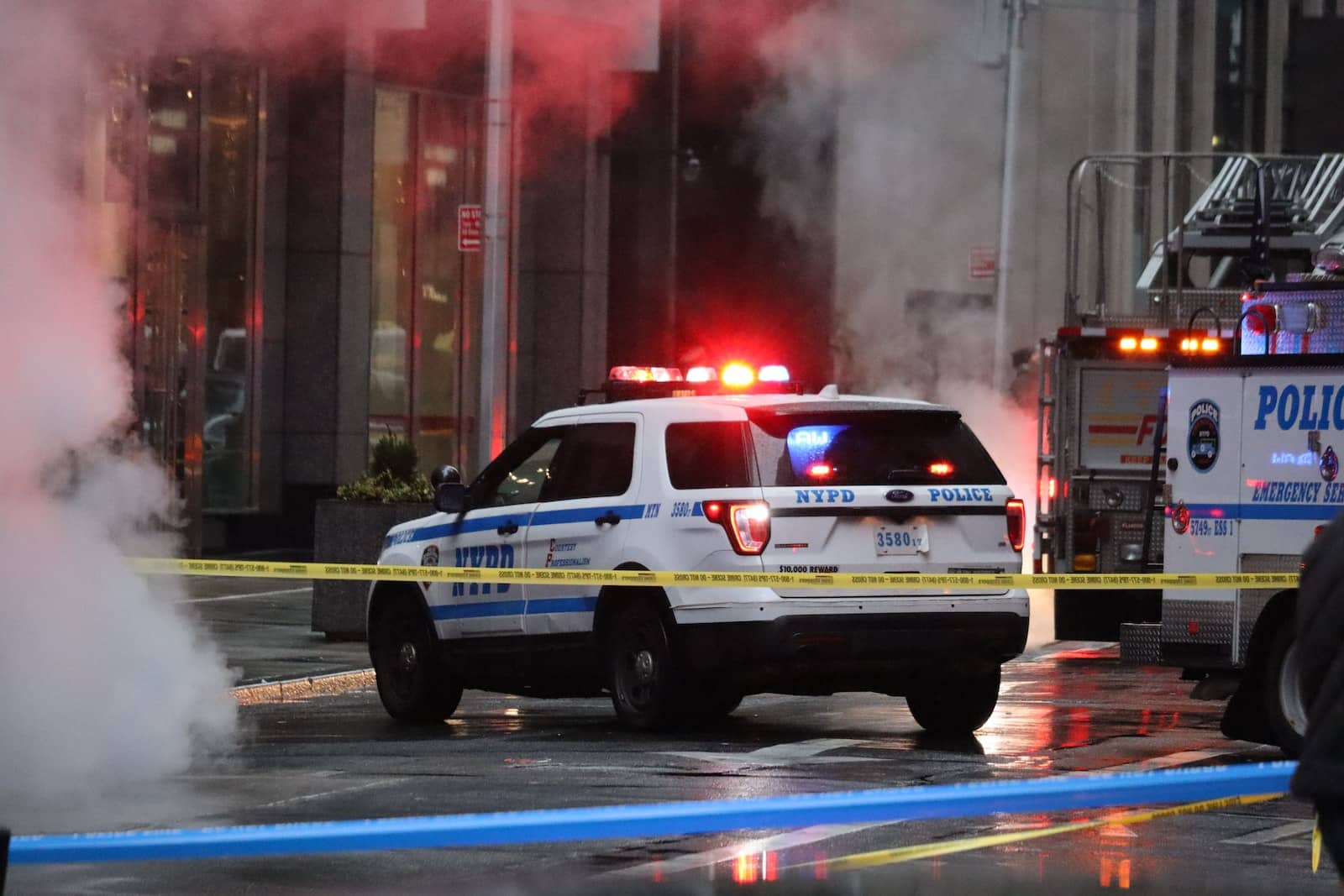Courtroom animation is an increasingly popular tool used by attorneys to help the jury better understand complex evidence and testimony. This type of animation can include a wide range of visual representations, such as reenactments of crime scenes, simulations of accidents, or even virtual tours of buildings or other locations. In this article, we will discuss the benefits of using courtroom animation and how it can be used to supplement the testimony of witnesses and experts, challenge the testimony of a witness or discredit the prosecution’s case.
What is Courtroom Animation and How is it Used in Court?
Courtroom animation is a visual representation of evidence or testimony that is presented in court. This can include animations of crime scenes, reenactments of accidents, or simulations of other events that are relevant to the case. The animations are typically used to help the jury better understand the evidence and make more informed decisions. They can also be used to challenge the testimony of witnesses or to discredit the prosecution’s case.
Attorneys use courtroom animation to supplement the testimony of witnesses and experts, and to help the jury visualize the events in question. For example, if a witness testifies about a car accident, an animation can be used to show the jury exactly how the accident happened, highlighting key pieces of evidence such as skid marks and impact points. This can be especially helpful in cases where the testimony of the witnesses may be conflicting or confusing, as the animation can help to clarify what actually happened.
Another way that courtroom animation can be used is to challenge the testimony of a witness or to discredit the prosecution’s case. For example, if a witness claims that a defendant was at a certain location at a certain time, an animation can be used to show that it would have been physically impossible for the defendant to have been there, based on the location of other evidence such as surveillance cameras.
Advantages of Courtroom Animation
Courtroom animation has a number of advantages over traditional forms of evidence presentation, such as photographs and diagrams. One of the main advantages is that animation can be used to show the jury a detailed and accurate representation of the events in question, in a way that is much more engaging and easy to understand than a static photograph or diagram.
Another advantage of courtroom animation is that it can be used to present evidence in a way that is more objective than testimony from witnesses. For example, if a witness testifies that a car was traveling at a certain speed at the time of an accident, an animation can be used to show exactly how fast the car was going based on the physical evidence. This can help to prevent the jury from being swayed by the testimony of a biased or unreliable witness.
Conclusion
Courtroom animation is a powerful tool that can be used to help the jury better understand complex evidence and testimony. It can be used to supplement the testimony of witnesses and experts, to challenge the testimony of a witness or to discredit the prosecution’s case. It has a number of advantages over traditional forms of evidence presentation, such as photographs and diagrams and can be used to present evidence in a way that is more objective than testimony from witnesses. As technology continues to improve, it is likely that we will see even more use of courtroom animation in the future. If you are an attorney looking for ways to enhance the jury’s understanding of evidence in your case, consider using courtroom animation.


